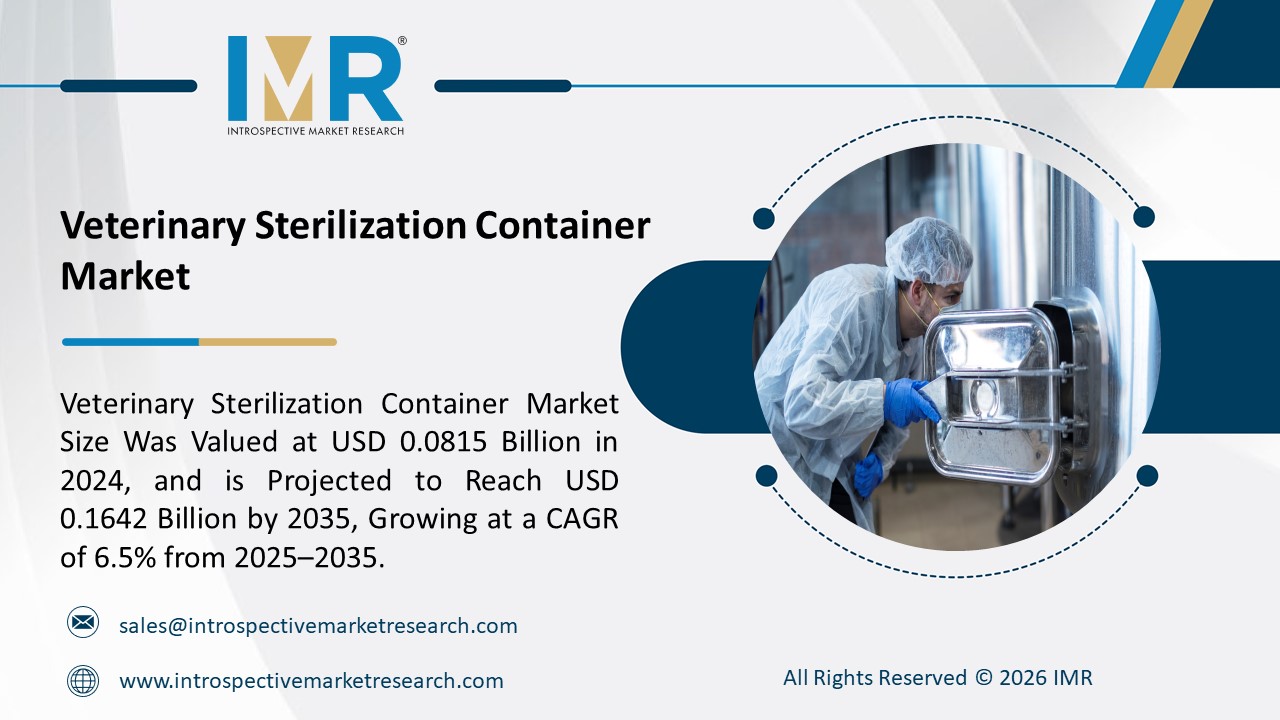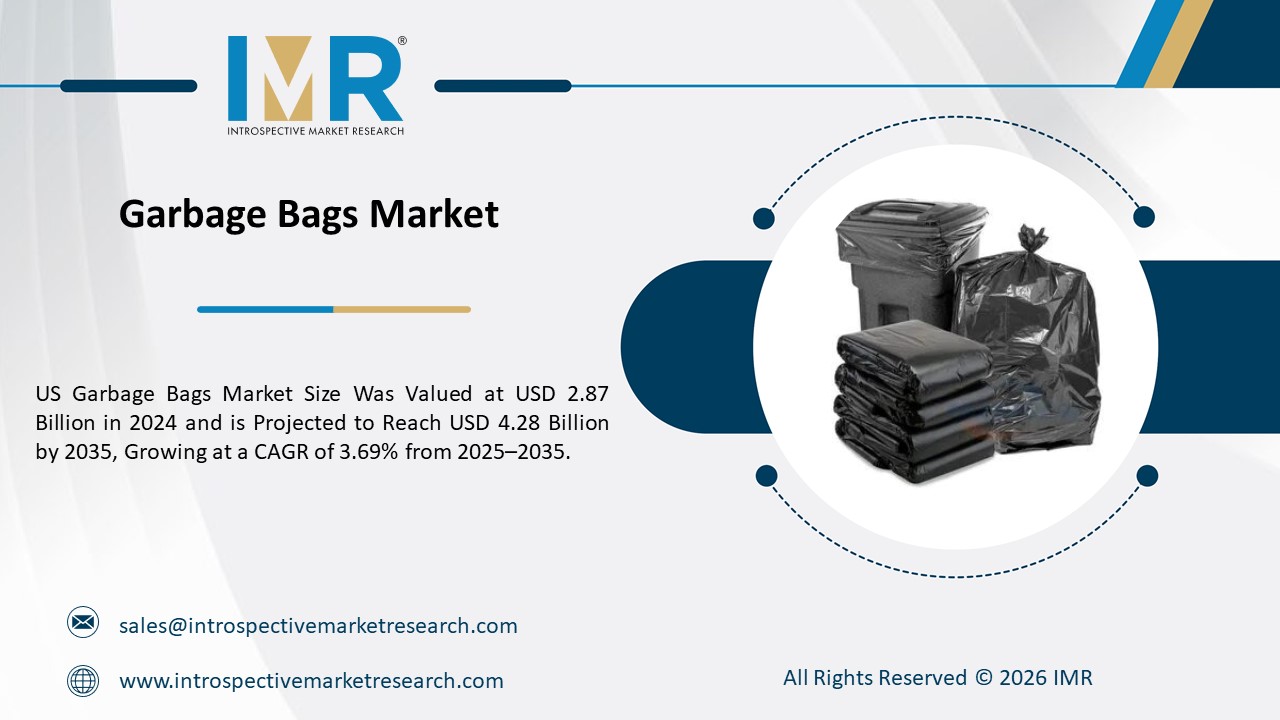
Market Overview:
Smart Warehousing Market Size Was Valued at USD 16.48 Billion in 2022, and is Projected to Reach USD 36.9 Billion by 2030, Growing at a CAGR of 10.6% From 2023-2030.
A smart warehouse is the ultimate goal of warehouse automation, where various components of warehousing operations are automated using interconnected technologies. Similar to a smart home, a smart warehouse employs automation to enhance productivity and efficiency, while minimizing errors and reducing reliance on human workers. These advanced solutions offer businesses real-time visibility into their operations, enabling them to optimize processes and make swift adjustments for improved efficiency. Additionally, smart warehouses reduce human errors, enhance facility safety, and bolster security measures.
Top Key Players Covered In The Smart Warehousing Market:
- IBM (US)
- Oracle (US)
- SAP (Germany)
- EasyEcom (India)
- Manhattan Associates (US)
- PSI Logistics (Germany)
- PTC (US)
- Tecsys (Canada)
- Reply (Italy)
- Infor (US)
- Korber (Germany)
- Softeon (US)
- Generic (France)
- Microlistics (Australia)
- Blue Yonder (US)
- Vinculum (India)
- IAM Robotics (US)
- Epicor (US)
- 3PL Central (US)
- BlueJay Solutions (US)
- Mantis (US)
- Synergy Logistics (US)
- WareIQ (India)
- Foysonis (US)
- Increff (India)
- Locus Robotics (US)
- ShipHero (US)
- Orderhive US)
- Unicommerce (India)
- Logiwa (US) and other major players.
Market Dynamics and Factors:
Augmented warehouse space utilization is a significant factor driving the adoption of smart warehousing. By leveraging advanced technologies and automation, smart warehouses optimize the utilization of available space, resulting in increased efficiency and productivity. Here, the focus is on maximizing the use of warehouse areas, both in terms of storage capacity and operational flow. Smart warehousing systems employ real-time data and analytics to efficiently allocate and manage inventory within the warehouse.
The increasing adoption of advanced technologies presents a significant opportunity for smart warehousing. As businesses recognize the benefits of automation and interconnected systems, there is a surge in the implementation of these technologies within warehouse operations. This trend opens up several opportunities for smart warehousing solutions to thrive and deliver enhanced efficiency and productivity. One opportunity lies in the integration of Internet of Things (IoT) devices and sensors. These technologies can be utilized to track and monitor inventory in real time, enabling better visibility and control over warehouse operations.
The Smart Warehousing Market Report Highlight:
- By Component, the hardware segment is anticipated to lead the growth of the Smart Warehousing market in the forecasted timeframe. The hardware components form the foundation of the technological infrastructure that facilitates automation and connectivity within the warehouse environment.
- By Technology, the AI segment is expected to dominate the Smart Warehousing market over the projected period. AI technology plays a pivotal role in enhancing automation, decision-making, and optimization within the warehouse environment.
- By Application, the Inventory Management segment, because efficient inventory management is essential for optimizing warehouse operations and meeting customer, demands promptly.
- By Vertical, Transportation, and Logistics are dominant because this sector relies heavily on efficient and streamlined warehouse operations to facilitate the smooth movement of goods and ensure timely deliveries
- The North American region is expected to dominate Smart because of leading the way in the adoption and implementation of advanced technologies for warehouse automation.
Key Industry Development:
In August 2023, Infor Announced that Zofri, a major free trade zone in Dubai, will implement Infor WMS to improve customer service within their supply chain. This cloud-based deployment powered by AWS aims for enhanced efficiency and visibility.
In May 2023, Tecsys Introduced its "warehouse-in-a-warehouse" e-commerce fulfillment solution. This innovative approach allows retailers to seamlessly integrate e-commerce fulfillment within existing wholesale and distribution models, minimizing disruption and maximizing efficiency.
Smart Warehousing Market Segmentation:
By Component
- Hardware
- Solutions
- Services
By Technology
- IoT & Analytics
- RFID
- AI
- AVG
By Application
- Inventory Management
- Transport Management
- Shipping Management
- Order Management
- Others
By Vertical
- Energy & Utilities
- Transportation & Logistics
- Retail & E-Commerce
- Agriculture
- Other
For this report, Introspective Market Research has segmented the Smart Warehousing Market based on region:
Regional Outlook (Revenue in USD Million; Volume in Units, 2023-2030
North America
- The U.S.
- Canada
- Mexico
Eastern Europe
- Russia
- Bulgaria
- The Czech Republic
- Hungary
- Poland
- Romania
- Rest of Eastern Europe
Western Europe
- Germany
- UK
- France
- Netherlands
- Italy
- Spain
- Rest of Western Europe
Asia Pacific
- China
- India
- Japan
- Singapore
- Australia
- New-Zealand
- Rest of APAC
Middle East & Africa
- Turkey
- Saudi Arabia
- Qatar
- UAE
- Israel
- South Africa
South America
- Brazil
- Argentina
- Rest of SA





